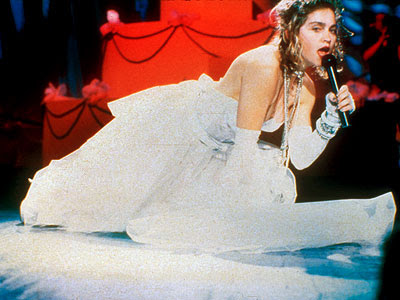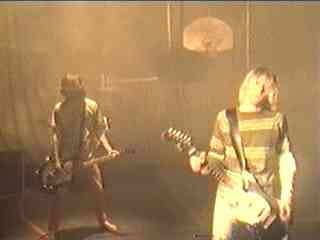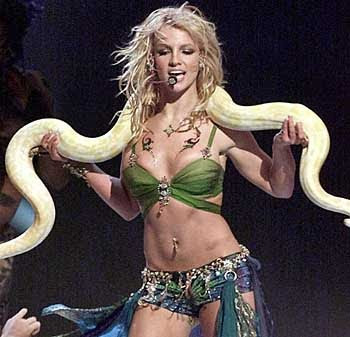
Carolina Chocolate Drops are an old-time folk group from Durham, North Carolina. At the time of the release of their third album Genuine Negro Jig in 2010, their line-up consisted of Justin Robinson (fiddle, vocals, percussion), Rhiannon Giddens (banjo, fiddle, kazoo, vocals), and Dom Flemons (banjo, guitar percussion, vocals). The album is an intriguing mix of folk standards and more contemporary compositions, done in a quaint but charming style evoking the old black South.
The songs and tunes on Genuine Negro Jig span a broad range of times and places. The title tune (not a jig by the Celtic definition) is an American tune from the 19th century, while "Reynardine" is a traditional English folk ballad. The band learned "Cindy Gal" from a black North Carolina fiddler in his nineties. On the more contemporary side, "Trampled Rose" is a Tom Waits cover, and "Kissin' and Cussin'" is an original composition from Robinson.
The old songs have a distinctive rustic charm to them, especially "Your Baby Ain't Sweet Like Mine." This song, originally written and performed by early 20th-century bluesman Papa Charlie Jackson, has the kind of chorus that will make you sing along with it -- perhaps deliberately, perhaps in spite of yourself, but you'll be singing along with it regardless. The album hits its best stride, though, when Giddens picks up the fiddle. "Hit 'em Up Style" is a fun song about getting even with a cheating boyfriend, but Giddens' superbly rhythmic fiddling of the melody over a drone backed by a banjo and some beatbox percussion really elevates the song to a higher level than any other track on the album. (The fact that it's a cover of a hip-hop song I probably wouldn't have listened to twice makes it even more impressive.)
Carolina Chocolate Drops may come across at face value as a band that got stuck in a time machine and popped out a century later in the present day. Having said that, I found their passion for old music and complete lack of pretense both refreshing and appealing. The band is in a state of flux right now, as Justin Robinson has moved on and two musicians have been brought in to take his place. But Genuine Negro Jig is a worthy effort, and I'm confident that the group will continue to make interesting and fun music in the future.
Overall grade: B+
reviewed by Scott
"Hit 'em Up Style"

























